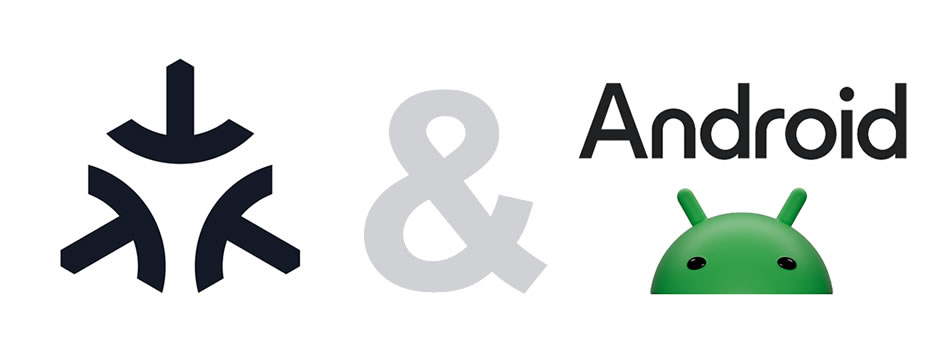Let’s take a trip down memory lane, shall we? As a self-professed tech enthusiast and avid follower of smart home innovations, I’ve witnessed firsthand the evolution of Matter connectivity – from its humble beginnings to its current status as a game-changing standard poised to reshape the future of smart home technology. So, join me as we delve into the fascinating history of Matter connectivity, exploring its origins, milestones, and the journey that led us to where we are today.
1. The Genesis of Matter: Project CHIP
Our story begins with Project CHIP (Connected Home over IP), a collaborative effort announced in late 2019 by industry giants like Apple, Google, Amazon, and the Zigbee Alliance. Faced with the fragmented landscape of smart home devices and protocols, these tech titans set out to create a unified standard for smart home connectivity, one that would make it easier for consumers to set up and manage their devices, regardless of brand or platform. Thus, Project CHIP was born, with the lofty goal of creating a more seamless and interoperable smart home experience for all.
2. Building Momentum: Industry Support and Adoption
As news of Project CHIP spread, excitement and anticipation began to build within the tech community. Major players in the smart home industry pledged their support for the initiative, signaling a collective commitment to driving innovation and standardization in the burgeoning smart home market. With backing from key stakeholders and industry organizations, including the Zigbee Alliance, Thread Group, and Connectivity Standards Alliance (formerly known as the Zigbee Alliance), Project CHIP gained momentum, laying the groundwork for a new era of connectivity.
3. Rebranding to Matter: A Sign of Maturity
In late 2020, Project CHIP underwent a significant rebranding effort, emerging from its chrysalis as Matter. The new name reflected the initiative’s broader vision and aspirations, emphasizing its focus on creating a universal standard that transcended individual brands and ecosystems. With the rebranding came renewed energy and enthusiasm, as the Matter alliance continued to forge ahead with its mission of creating a more open, interoperable, and user-friendly smart home experience.
4. Milestones and Achievements: From Concept to Reality
Since its inception, Matter has achieved several significant milestones and achievements on its journey towards widespread adoption. Key among these was the release of the Matter specification in 2021, providing device manufacturers with a comprehensive blueprint for building Matter-compatible products. This marked a crucial step forward in the standardization process, paving the way for a wave of Matter-certified devices to enter the market in the coming years. Additionally, Matter’s inclusion in major smart home platforms like Apple HomeKit, Google Assistant, and Amazon Alexa further solidified its position as a leading standard for smart home connectivity.
5. Looking to the Future: Innovation and Beyond
As we look to the future, the potential of Matter connectivity knows no bounds. With an ever-expanding ecosystem of certified devices and growing industry support, Matter is poised to become the de facto standard for smart home connectivity, ushering in a new era of innovation, interoperability, and convenience. From voice-controlled assistants to smart thermostats, lights, and locks, the possibilities are endless with Matter, promising a future where our homes are more connected, intelligent, and responsive than ever before.
In conclusion, the history of Matter connectivity is a testament to the power of collaboration, innovation, and collective vision. From its humble beginnings as Project CHIP to its current status as a transformative standard shaping the future of smart home technology, Matter has come a long way on its journey. And as we continue to chart new territories and push the boundaries of what’s possible, one thing is clear: the




